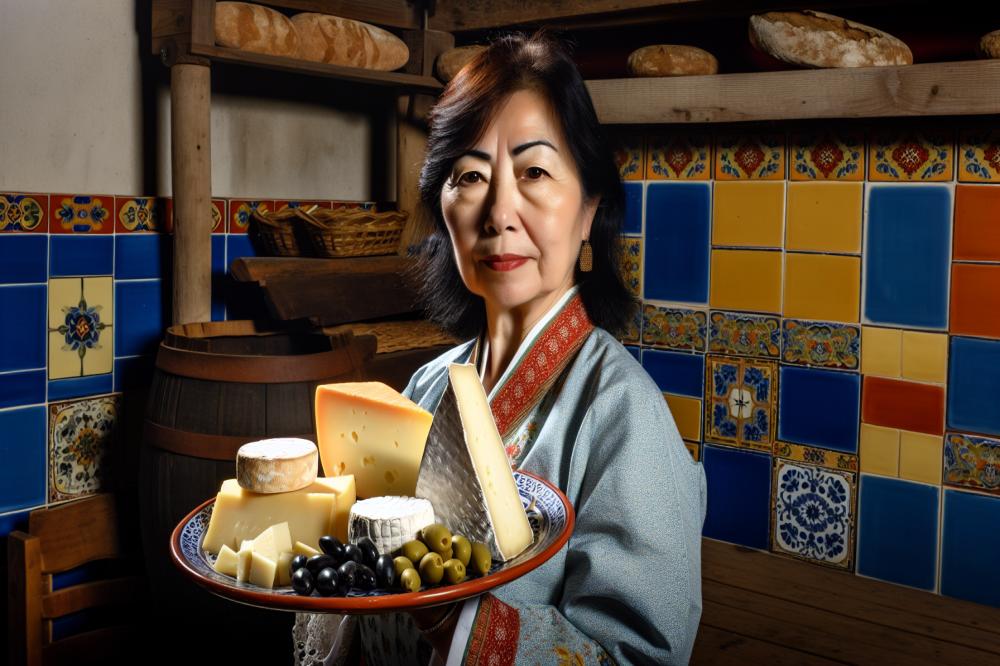Introduction
Portugal is home to a rich tapestry of cheeses that reflect its diverse landscapes and traditions. These products play a key role in the cultural fabric of the nation. Whether enjoyed on a casual picnic, incorporated in traditional dishes, or paired with a fine wine, cheeses are essential to Portuguese cuisine.
A bounty of flavors and textures comes from the wide variety of cheeses produced across the country. From the creamy to the crumbly, each type tells a story of its origin. The difference between fresh and aged options adds to this allure, showcasing unique characteristics and uses in cooking.
Fresh cheeses tend to be soft and mild. They often make delightful spreads or appear in salads. Aged cheeses, on the other hand, bring depth and richness. Their robust flavors can elevate a simple meal or stand out on a cheese board.
As we explore fresh vs aged cheese, it is clear that both types hold a special place in gastronomy. Each has its own devoted fans and specific uses. Understanding these distinctions enhances our appreciation for the artistry behind Portuguese cheeses.
fresh vs aged cheese
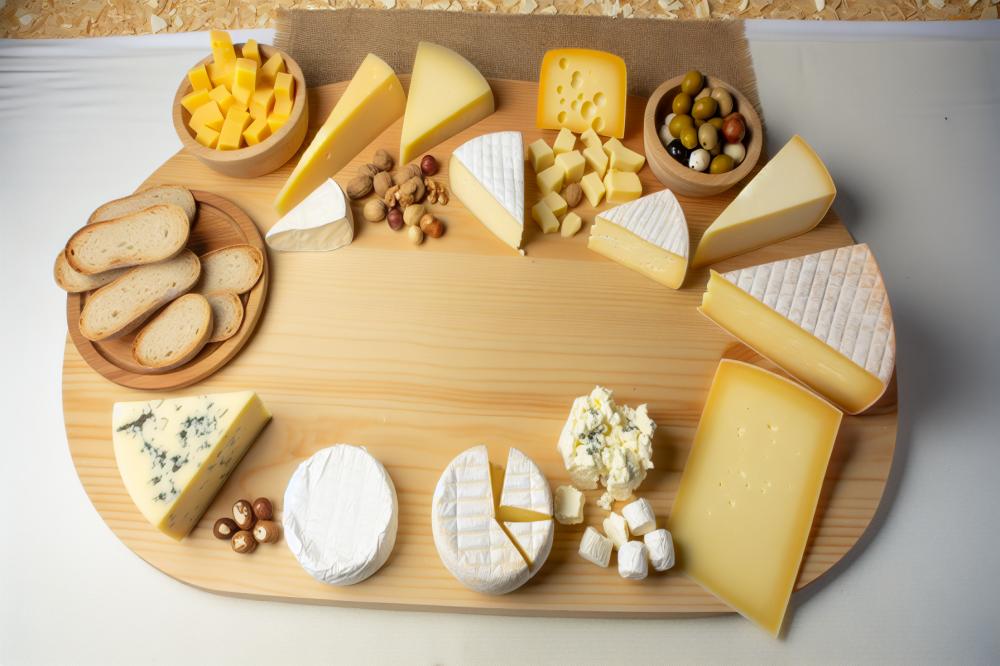
Fresh cheeses are young and soft. They are made with milk that has not undergone extensive aging. Common examples include Queijo Fresco and Ricotta. These cheeses typically have a light, creamy texture. They offer a subtle, milky flavor that can enhance many dishes. Fresh cheese is often used in salads, spreads, or simply enjoyed with bread.
Characteristics of Fresh Cheeses
A delightful aspect of fresh cheeses is their versatility. They can be used in both sweet and savory recipes. Queijo Fresco, for instance, adds a refreshing touch to salads. Ricotta can bring a creamy richness to pasta dishes and desserts. Their moist texture allows them to meld beautifully with various ingredients. Additionally, fresh cheeses spoil more quickly, so they are best enjoyed shortly after production.
Aged Cheeses
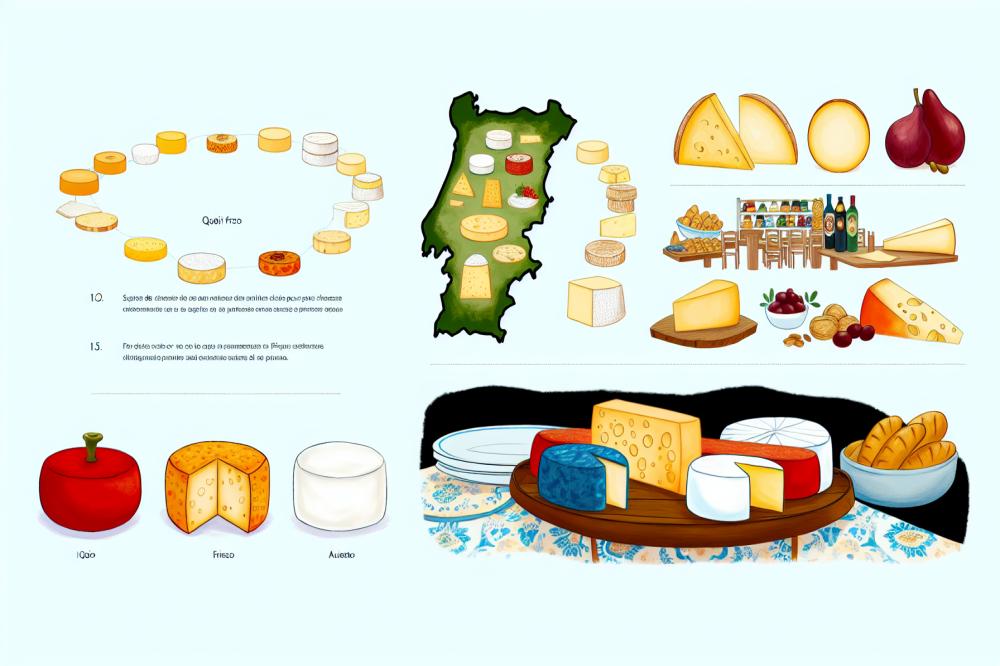
Aged cheeses are a different story altogether. These varieties undergo a careful aging process that enhances their flavor and texture. Well-known types include Queijo da Serra and Azeitão. Aging can take weeks to several months, depending on the cheese. This method develops robust flavors, often resulting in strong, complex taste profiles.
Characteristics of Aged Cheeses
Texture varies significantly compared to fresh options. Aged cheeses are firmer and often have a crumbly or creamy consistency. Queijo da Serra is renowned for its buttery, smooth texture, while Azeitão has a strong aroma that might surprise new tasters. The aging process also encourages the growth of mold and bacteria, contributing to unique flavors. These cheeses pair wonderfully with wines and are perfect for cheese boards.
Fresh vs Aged: A Comparison
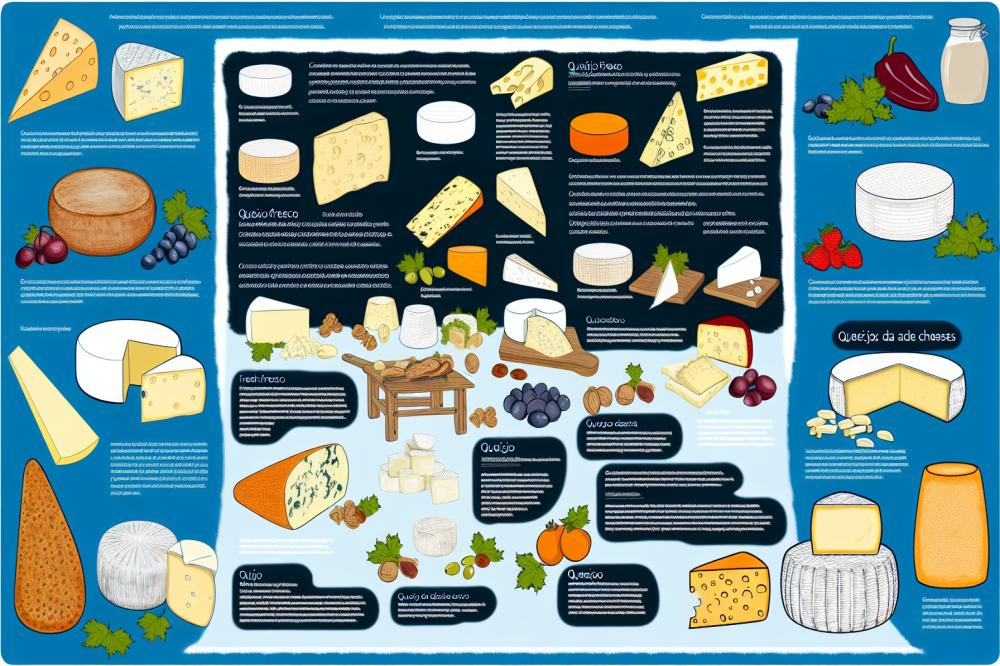
Comparing fresh and aged cheeses reveals distinct differences. Taste is one of the most notable aspects. Fresh cheeses are mild and creamy, while aged options can be bold and intense. This contrast makes them suitable for different culinary needs. Fresh cheese can brighten a dish, while aged cheeses add depth and richness.
Texture also sets them apart. Fresh varieties tend to be smooth and spreadable. In contrast, aged cheeses range from hard and crumbly to rich and creamy. Culinary applications differ as well. Fresh cheeses work well in lighter meals, while aged cheeses shine in robust dishes or as standalone snacks. Seasoning, timing, and pairing matter greatly when choosing which type to use.
Popular Types of Portuguese cheeses
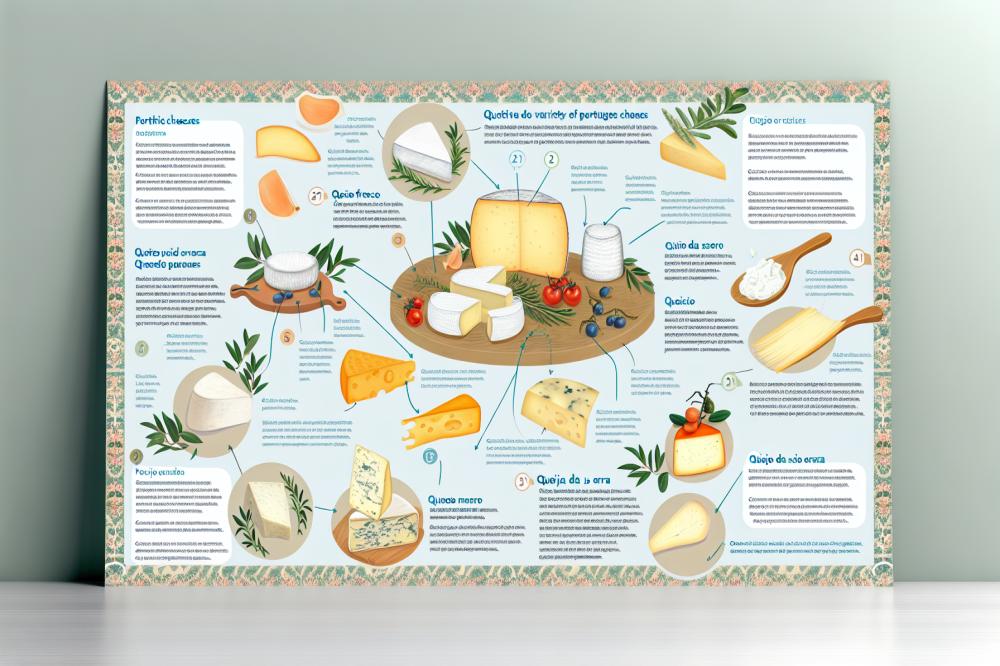
Portugal offers a delicious variety of cheeses, each showcasing its rich culinary heritage. Many of these cheeses come from specific regions, which gives them their distinct flavors and textures.
Queijo Fresco
This fresh cheese is soft and mild. Made from cow’s milk or goat’s milk, it often has a creamy texture. Enjoy it with fresh bread or sliced tomatoes. Its light taste makes it a favorite in summer dishes.
Queijo da Serra
Aged to perfection, this cheese hails from the Serra da Estrela mountains. Its creamy interior and rustic rind are simply irresistible. The flavor is rich and buttery, with hints of herbs from the surrounding pastures. Artisanal methods are used in its production, passed down through generations.
Queijo São Jorge
This semi-hard cheese comes from the Azores. It has a firm texture and bold flavor, with a tangy finish. Aged for several months, it pairs lovingly with crusty bread and dark wines. The unique climate of its origin contributes to its robust character.
Queijo de Azeitão
Another treasure, this cheese is made from sheep’s milk. It has a strong aroma and a rich taste that warms the palate. The creamy texture is delightful, making it perfect for spreading on crackers. Local traditions emphasize its handmade crafting, keeping its character alive.
Queijo Rabaçal
Originating from the hills, this cheese combines cow and sheep’s milk. The result is a semi-soft variety, with a rich flavor and a pleasantly complex aroma. Its unique preparation method involves mixing milks, showcasing the region’s bounty. Paired with olives, it makes a perfect appetizer.
Whether you enjoy fresh, creamy varieties or robust, aged selections, Portuguese cheeses offer something for every palate. Each cheese reflects the local environment and the passion of its makers, often produced by small, artisanal farms. Local traditions continue to thrive, preserving the authenticity that make these cheeses so special.
Recipe: Portuguese Cheese Plate
Ingredients
- A selection of fresh cheeses like Queijo Fresco and Azeitão
- Aged cheeses such as Queijo da Serra and Queijo São Jorge
- Mixed olives, both green and black
- Assorted nuts, including almonds and walnuts
- Artisan bread, such as country-style or crusty baguette
- Fresh fruits for garnish, like figs or grapes
Instructions
Begin by arranging the cheeses on a large wooden board. Place fresh cheeses on one side and aged varieties on the other. This visual contrast looks appealing and adds to the experience.
Next, fill small bowls with olives and nuts. Position these alongside the cheeses. Slices of bread should be placed near the cheese for easy access. Consider fanning the bread slices for a charming touch.
To elevate your presentation, add fresh fruits around the board. A pop of color can make the plate even more attractive. Think about using herbs like rosemary or thyme for decoration.
Pairing Suggestions
When it comes to drinks, Portuguese wines complement the flavors beautifully. Full-bodied reds like Douro or lighter whites like Vinho Verde work well. Offering a selection helps guests find their favorite match.
Nutritional Information
Cheeses provide essential nutrients like calcium and protein. They can be part of a balanced diet when consumed in small portions. Eating cheese in moderation supports bone health and can enhance overall well-being.
These dairy products also contain beneficial probiotics, which are good for digestion. A well-crafted cheese plate serves as both a treat and a nutritious option.
Bringing It All Together
In summary, fresh and aged cheeses from Portugal offer distinct flavors and experiences. Fresh varieties are creamy, mild, and often tangy, presenting a delightful burst of flavor. Aged cheeses, in contrast, provide a complex taste with rich, deeper notes that develop over time. Each type contributes to the rich tapestry of Portuguese culinary tradition.
Understanding the differences between these cheeses is essential for any cheese lover. Fresh cheese is perfect for salads, while aged options shine when paired with fruits or hearty bread. The contrasting cheese textures create exciting culinary possibilities.
Exploring these diverse options not only enhances your palate but also connects you to Portugal’s culture. Cheese has always held a special place in festive gatherings and everyday meals. Trying out different varieties, whether fresh or aged, opens the door to new tastes and experiences.
For delightful pairings, consider fresh cheese with a light drizzle of honey or as a topping on crusty bread. Aged cheese partners beautifully with red wine or figs. Such combinations will surprise and please your taste buds.
As you dive into the world of Portuguese cheese, remember the significance of cheese aging. Each bite tells a story of tradition and craftsmanship. Embrace the chance to savor these culinary treasures and explore the wide array of flavors they offer.

